how to make dried lime: Dry lime is a type of lime slurry to be combined with compounds in the soil such as silica and revealer to create hardness in the soil. Lime, when combined with water, is considered one of the most sticky minerals, so the more lime is used in the slurry, the more quickly and compressively the obtained lime shaft will be.

dried lime substitute
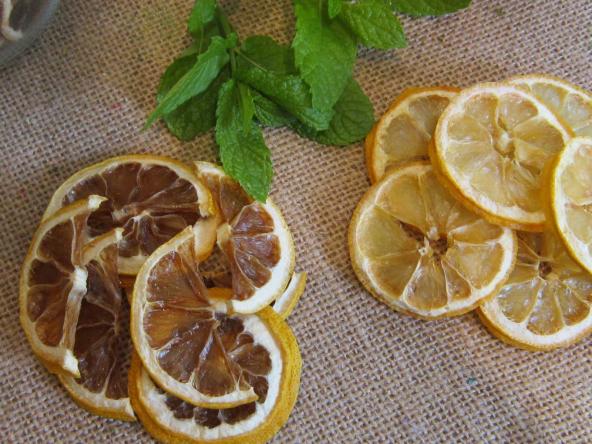 Limestone is undoubtedly one of the oldest materials that has been used since ancient times. In addition, we can mention the use of lime in saroj (lime and ash mortar) in very old instruments such as Chaghazanbil ziggurat and…
Limestone is undoubtedly one of the oldest materials that has been used since ancient times. In addition, we can mention the use of lime in saroj (lime and ash mortar) in very old instruments such as Chaghazanbil ziggurat and…
Calcium silicate brick is used in construction and standard construction like clay brick. Sand is mixed with high calcium lime in a wet state and then molded into bricks and autoclaved. Lime reacts with silica and forms complex hydrated calcium silicates that bind the brick together and provide high dimensional stability. Lime is also used to create lime-sand blocks and to make pipes.
Injection of slaked lime slurry is one of the methods that is used to repair and restore highways and roads in places where the soil is under clay asphalt and there is a possibility of leakage. One of the methods of injecting lime slurry is to pierce the surface of the asphalt surface and inject lime water under the asphalt layer of the road with pressure.
Another method is to use holes with a diameter of 15 to 22 cm and a depth of 50 to 70 cm on the damaged road. Put the powdered lime into the holes and add water to it and mix it to form a slurry. The soil removed from the hole is poured back into it and a layer of bitumen is applied on it.
Although Iran has a lot of limestone resources, in some places such as Khuzestan and the northern shore of the Persian Gulf and the Oman Sea, there is a lot of limestone sand. Calcareous sand can also be baked like limestone and turned into quicklime, and the slaked lime can be separated from impurities with the usual lime washing method.
This slaked lime can be used in making sand-lime mortar and lime mortar. Slaked lime made from calcareous sands has the typical properties of lime. The conducted investigations showed that the sand dunes of the above areas have many calcareous sand dunes, which can be more economical than transporting lime by baking them in order to obtain lime. The lime obtained in this way can be used to make sand-lime mortar and lime slag.
The preparation of lime shale is done for the purpose of underlaying some buildings, insulating the pool, strengthening the bed, etc. You can use quicklime (calcium oxide) or hydrated lime (calcium hydroxide) to prepare lime paste. The best soil for plowing is clay soil, because in combination with lime, it forms more calcium silicate. Of course, the softer and more clayey the soil is, the more lime should be used to prepare lime plow. The steps and method of preparation of lime mortar should be as follows:
To make lime paste, you have to grind the lime well until it becomes smooth. Mix the used lime with a sufficient amount of water (it is better if a mixer or concrete maker is used) Prepare lime slurries in the environment and near the foundation so that you need to transfer.
Add cement and concrete to the slurry after the complete operation of the lime shaft, otherwise, its water will be completely absorbed by the lime and the concrete will become hollow. Loading on the lime shaft should not be done before the lime shaft dries and reaches the pressure standard of 1.5/cm2. Pay attention, the higher the amount of clay in the ground, the more lime should be used in the preparation of lime slurry.
To prepare lime sand mortar, you can use different types of powdered lime such as hydrated lime, limestone powder and lime slag. Lime sand mortar is prepared by combining 300,000 to 400,000 lime in one cubic meter of sand and its use is usually for porcelain wall, water channel construction, water construction, pavement and foundation. To prepare sand-lime mortar, dry lime can be combined with sand and water, and lime juice can be used for this purpose.
To prepare lime mortar, the right amount of lime should be used, because too much lime will cause the mortar to become hollow and brittle. The best amount of lime to prepare lime-sand mortar is 250 cubic meters of sand, or in simpler terms, a quarter. Kneading also played an important role in increasing the adhesive properties of mortar.
dried lime benefits
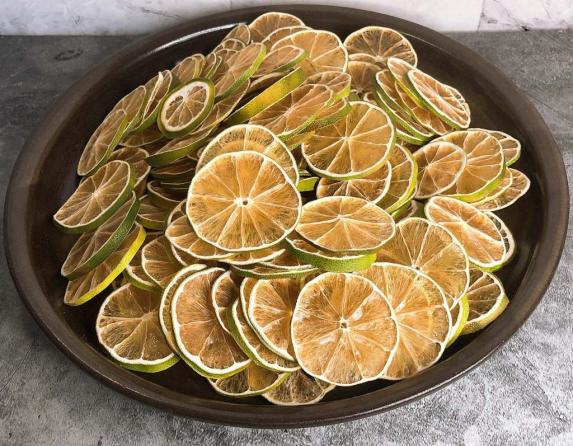 Iranians have been familiar with lime and its properties for a long time. Some have attributed the method of making lime from limestone to nomads and desert wanderers and consider their base to be the Iranian plateau. The oldest buildings in which lime was used in its construction exist in Iran, and many believe that the method of preparing lime went from Iran to Greece and Rome.
Iranians have been familiar with lime and its properties for a long time. Some have attributed the method of making lime from limestone to nomads and desert wanderers and consider their base to be the Iranian plateau. The oldest buildings in which lime was used in its construction exist in Iran, and many believe that the method of preparing lime went from Iran to Greece and Rome.
Quicklime is white in color and melts at a temperature of 2500 degrees Celsius. Due to its high melting point, it is used to coat the furnace surface. Quicklime has a high affinity for water. For this reason, great care must be taken in its maintenance. Limestone that has been heated industrially and turned into quicklime is better and more uniform.
Limestone is spherical with a specific weight of 2.2 tons per cubic meter, and its grain size should be less than 0.2 mm. Usually, the limes that have a higher amount of tri-magnesite have more elasticity compared to their purer type. Also, magnesian limes have more hardness. Lime does not change volume when it hardens.
Slaked lime is used in making shafts and mortars of lime sand, lime mud, batard (sand, lime, cement), plaster and lime, in masonry and plastering works. Lime is also used in making pozzolan lime binders, slag lime, lime sand brick, soil stabilization and making lime stabilized clays, heavy or porous lime concrete.
As a result of adding lime to cement mortars, it increases the paste property and applicability, increases water retention, more flexibility of the mortar under stress and more adhesion of the mortar to the building materials. Reducing the permeability of mortars and coatings against water, reducing shrinkage caused by drying mortar and keeping its volume constant after setting and hardening are other advantages of adding lime to cement mortar.
Lime combines with possible soil in sand and reduces the destructive effects of soil in cement mortars. Lime application is also common in soil stabilization and improves many soil properties.
Coexistence with other materials: Due to the great affinity of lime, metals such as lead, zinc, iron and iron should be avoided in the building, and should be coated with bitumen, wrapped with insulating tape or painted with rust-resistant colors. He prevented them. Colorability: The surface coated with undried lime causes the coloration to deteriorate. This effect is more on oil paints and it decomposes and destroys the paint. Mixing with other mortars:
Adding lime is not likely for gypsum coatings, but it causes problems in some coatings known as dry calcium sulfate. Adding slaked lime to cement mortar increases its efficiency. Lime should not be mixed with cement containing aluminum.
Efficiency: One of the great advantages of lime mortars over cement mortars is their relatively small shrinkage after drying, for this reason, by mixing lime in cement mortars, they increase their efficiency. Self-setting: To use lime mortars in thick walls, because the self-setting of the mortar takes place slowly and is completed after a long time.
In order to accelerate hardening, some cement is added to them. Cold: It delays the self-setting of lime mortar, and for this reason, thin lime mixes should not be used in cold places. Mechanical resistance: compressive strength is different in different lime mortars.
dried lime powder
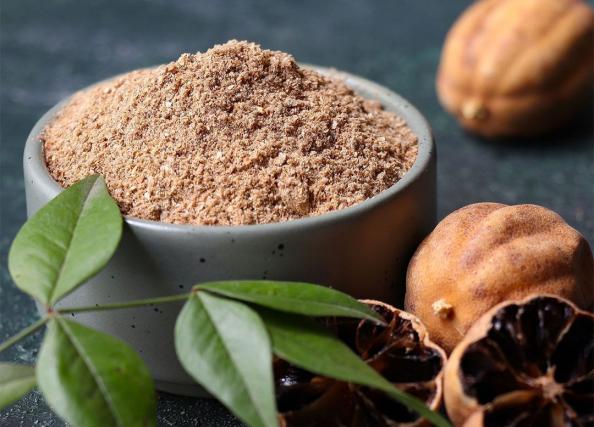 Lime powder is a raw and unprocessed form that is extracted directly from the mine and for use in industries such as construction and road construction, it is crushed by grinding machines and ready to use in different granularities. Is. will be Limestone powder is usually combined with cement, ash, etc. to prepare mortar and plaster.
Lime powder is a raw and unprocessed form that is extracted directly from the mine and for use in industries such as construction and road construction, it is crushed by grinding machines and ready to use in different granularities. Is. will be Limestone powder is usually combined with cement, ash, etc. to prepare mortar and plaster.
Lime has a lot of impurities, which causes its quality to decrease, therefore, to produce pure lime, it is baked in a lime kiln. Lime baking causes the release of carbon dioxide gas and its impurities.
Or this work, its purity is increased and it is prepared for use in industries such as steel making, paper production, water and sewage treatment, etc. The main types of processed lime are quicklime or calcium oxide and hydrated lime or calcium hydroxide.



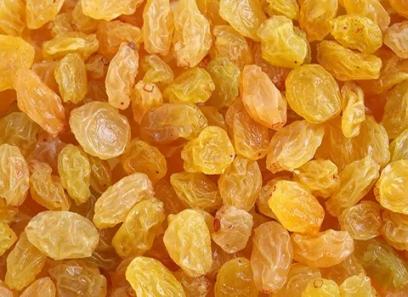
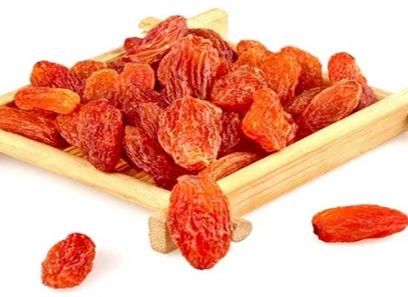
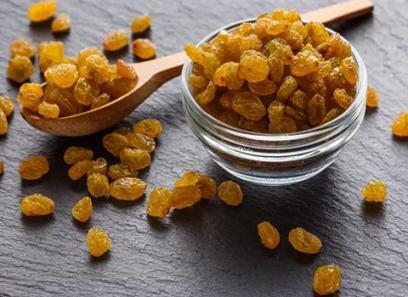


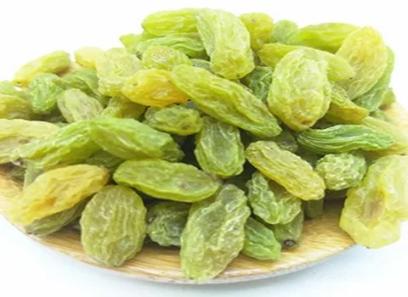
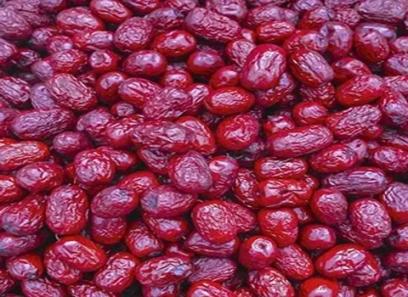
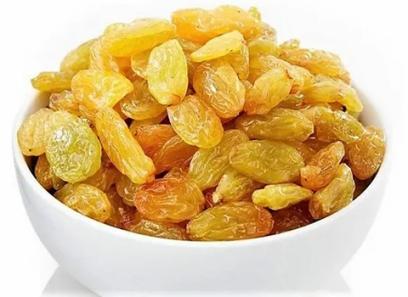
Your comment submitted.